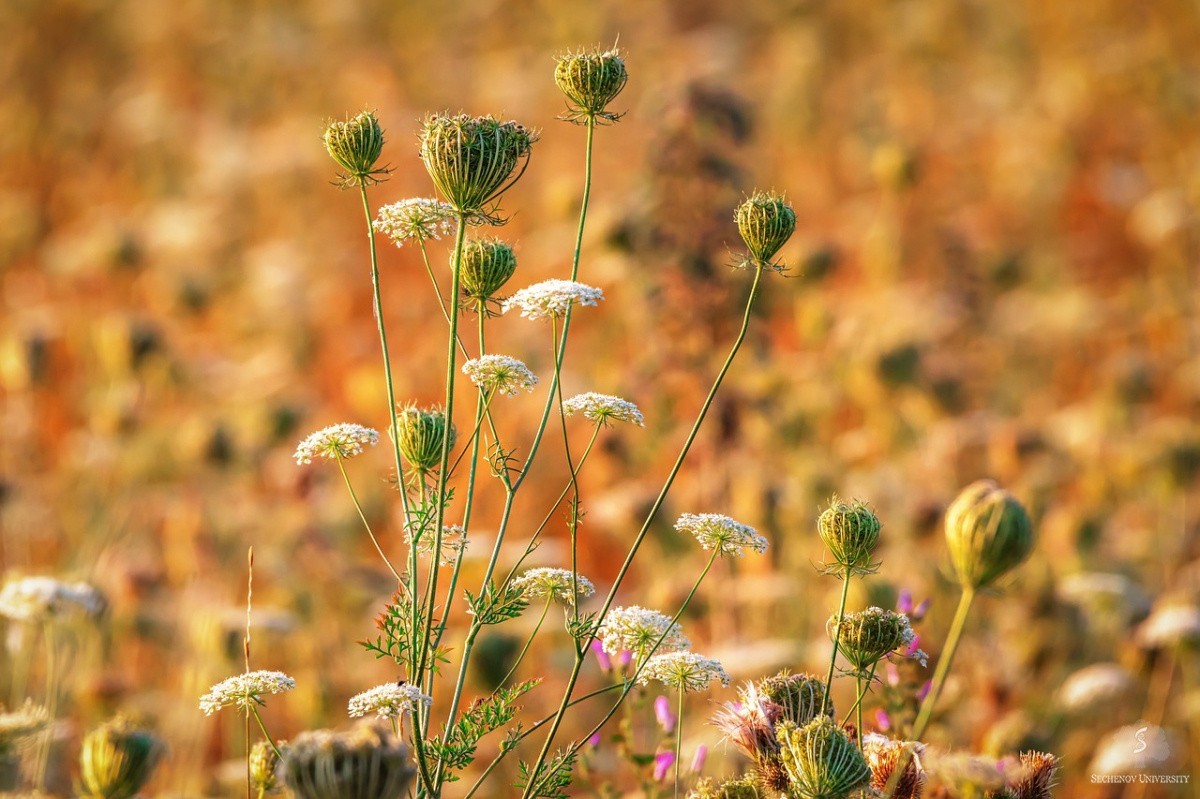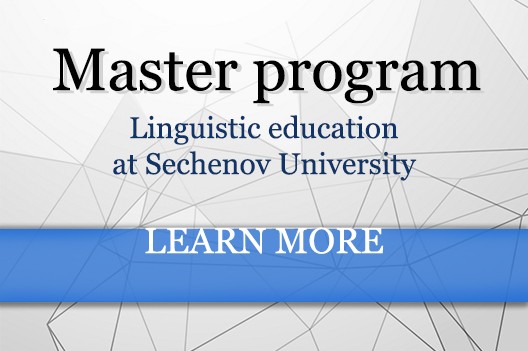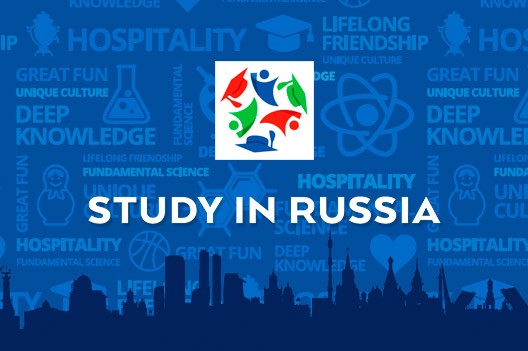Абитуриенту
- Абитуриенту
-
Обучающемуся
- Я – профессионал
- Локальные нормативные акты
- Образовательные программы
- Стоимость обучения
- Университет - обучающемуся
- Центр карьеры
- Учебный центр по маркировке
- Учеба и наука
- Школы мастерства
- Комфортная среда обучения
- Образовательные стандарты
- Стипендии и материальная поддержка
- Вакантные места
- Общежития
- Сотруднику
- Аккредитация специалистов
-
About University
- Mission & Brand Strategy
- University Leadership
- Rector's Welcome
- History
- Regulatory Documents
- Contacts
- Staff
- International Recruitment
- Partners
Applicants- Why Sechenov University
- Degree Programmes in English
- Preparatory Courses
- Non-Degree Programmes
- Transfer from other Institutions
09.09.2020Australian and Mediterranean herbs compared by antioxidant effect
 A group of researchers from the Institute of Pharmacy (Sechenov University) and La Trobe University (Australia) have developed a fast and cost-effective way to identify useful substances in herbal extracts. The scientists have successfully applied this method to study plants used as spices in Europe and Australia. The original research has been published in Applied Science, Journal of Pharmaceutical and Biomedical Analysis, and Journal of Chromatography A.
A group of researchers from the Institute of Pharmacy (Sechenov University) and La Trobe University (Australia) have developed a fast and cost-effective way to identify useful substances in herbal extracts. The scientists have successfully applied this method to study plants used as spices in Europe and Australia. The original research has been published in Applied Science, Journal of Pharmaceutical and Biomedical Analysis, and Journal of Chromatography A.
Herbs have been used as spices, condiments, and medicines throughout human history. However, identification of the compounds in herbal extracts still presents a challenge. A substance which needs to be studied should be quite stable and easy to separate from the other compounds in the sample. At the same time, herbal extracts contain hundreds of substances, and many of them remain unexplored. Thus, scientists are continuing to work on the methods that could facilitate the search for new compounds and the analysis of individual chemicals after separation.
Within the collaboration between Sechenov University and La Trobe University (Australia), the researchers used physicochemical analysis and bioassays — to search for compounds with desired properties, and high-performance thin-layer chromatography — to separate the molecules in the herbal extracts.
Thin-layer chromatography (TLC) uses the movement of different compounds on the hard surface of a sorbent (thin layer on a ‘plate’) together with the flow of a solvent. The migration of the molecules depends on their size, structure, electrical charge, affinity to the sorbent, and chemistry of the solvent. The test mixture is applied on the sorbent plate, which is then immersed by one side into a solvent. The latter rises along with the plate (due to capillary forces) and moves the molecules of the test mixture. This method is suitable for the identification of individual compounds in the extracts — without additional processing which may lead to the loss of important components.
Bioassays are used to determine the properties of the substances, for example, toxicity, based on the reaction of various model organisms (bacteria, plants, small animals) to the tested compounds. Such methods help scientists understand the effect of herbal extracts on certain enzymes and reactive oxygen species.
The combination of TLC and bioassays allows performing fast and reliable analysis of the substances without isolation from the mixtures. The two methods can be successfully integrated — when the chromatographic plate is immersed in the bioassay medium. Using this combined approach, the scientists have analysed the bioactive compounds found in the Mediterranean herbs — basil, lavender, rosemary, oregano, sage, and thyme. Australian plants have also been added to the study: lemon myrtle (Backhousia citriodora), native thyme (Prostanthera incisa), sea parsley (Apium prostratum), seablite (Suaeda australis), and saltbush (Atriplex cinerea). Some of these herbs contain substances with antioxidant activity and the ability to inhibit enzymes such as α-amylase, which is responsible for breaking down polysaccharides and elevating the blood sugar. The extracts of these herbs can be used to prevent cardiovascular diseases as well as type 2 diabetes. The recent research shows that hyperglycaemia (elevated glucose) triggers the production of reactive oxygen species, changes in endogenous antioxidants, and oxidative stress. Patients with high glucose levels, in addition to possible diabetes, may suffer from a cognitive impairment that does not depend on age.
After analysis, rosemary and oregano extracts demonstrated the best antioxidant activity among the other herbs. Sage, oregano, and thyme were able to inhibit α-amylase most efficiently, while extracts from lavender flowers and leaves did not exhibit this property at all. Among the Australian herbs, lemon myrtle had the greatest antioxidant properties, whereas α-amylase was best inhibited by the extracts from native thyme (this effect was noticed for this plant for the first time), sea parsley, and saltbush.
‘The papers investigate the useful properties of herbs used as condiments in the Mediterranean diet. This research is complex and important, aiming at the in-depth understanding of the nutraceutical value of various herbs. Our data is unique because we used physicochemical analysis in combination with bioassays to analyse the properties of the bioactive compounds. Further comprehensive studies of plant extracts will allow us to investigate many more compounds and discover chemical components with desired properties, which is necessary for the development of new medicines derived from non-pharmacopoeial plants’, said Galina Ramenskaya, Head of the Institute of Pharmacy at Sechenov University.
The analysis of plant extracts using bioassays and thin-layer chromatography facilitates the identification of many substances, including those with desired properties. The fast and cost-effective approach designed by the researchers may be used for the development of new medicines.
Photo credit: Pixabay 4426397
Embed on website
Australian and Mediterranean herbs compared by antioxidant effect
A group of researchers from the Institute of Pharmacy (Sechenov University) and La Trobe University (Australia) have developed a fast and cost-effective way to identify useful substances in herbal extracts. The scientists have successfully applied this method to study plants used as spices in Europe and Australia. The original research has been published in Applied Science, Journal of Pharmaceutical and Biomedical Analysis, and Journal of Chromatography A.
Herbs have been used as spices, condiments, and medicines throughout human history. However, identification of the compounds in herbal extracts still presents a challenge. A substance which needs to be studied should be quite stable and easy to separate from the other compounds in the sample. At the same time, herbal extracts contain hundreds of substances, and many of them remain unexplored. Thus, scientists are continuing to work on the methods that could facilitate the search for new compounds and the analysis of individual chemicals after separation.
Within the collaboration between Sechenov University and La Trobe University (Australia), the researchers used physicochemical analysis and bioassays — to search for compounds with desired properties, and high-performance thin-layer chromatography — to separate the molecules in the herbal extracts.
Thin-layer chromatography (TLC) uses the movement of different compounds on the hard surface of a sorbent (thin layer on a ‘plate’) together with the flow of a solvent. The migration of the molecules depends on their size, structure, electrical charge, affinity to the sorbent, and chemistry of the solvent. The test mixture is applied on the sorbent plate, which is then immersed by one side into a solvent. The latter rises along with the plate (due to capillary forces) and moves the molecules of the test mixture. This method is suitable for the identification of individual compounds in the extracts — without additional processing which may lead to the loss of important components.
Bioassays are used to determine the properties of the substances, for example, toxicity, based on the reaction of various model organisms (bacteria, plants, small animals) to the tested compounds. Such methods help scientists understand the effect of herbal extracts on certain enzymes and reactive oxygen species.
The combination of TLC and bioassays allows performing fast and reliable analysis of the substances without isolation from the mixtures. The two methods can be successfully integrated — when the chromatographic plate is immersed in the bioassay medium. Using this combined approach, the scientists have analysed the bioactive compounds found in the Mediterranean herbs — basil, lavender, rosemary, oregano, sage, and thyme. Australian plants have also been added to the study: lemon myrtle (Backhousia citriodora), native thyme (Prostanthera incisa), sea parsley (Apium prostratum), seablite (Suaeda australis), and saltbush (Atriplex cinerea). Some of these herbs contain substances with antioxidant activity and the ability to inhibit enzymes such as α-amylase, which is responsible for breaking down polysaccharides and elevating the blood sugar. The extracts of these herbs can be used to prevent cardiovascular diseases as well as type 2 diabetes. The recent research shows that hyperglycaemia (elevated glucose) triggers the production of reactive oxygen species, changes in endogenous antioxidants, and oxidative stress. Patients with high glucose levels, in addition to possible diabetes, may suffer from a cognitive impairment that does not depend on age.
After analysis, rosemary and oregano extracts demonstrated the best antioxidant activity among the other herbs. Sage, oregano, and thyme were able to inhibit α-amylase most efficiently, while extracts from lavender flowers and leaves did not exhibit this property at all. Among the Australian herbs, lemon myrtle had the greatest antioxidant properties, whereas α-amylase was best inhibited by the extracts from native thyme (this effect was noticed for this plant for the first time), sea parsley, and saltbush.
‘The papers investigate the useful properties of herbs used as condiments in the Mediterranean diet. This research is complex and important, aiming at the in-depth understanding of the nutraceutical value of various herbs. Our data is unique because we used physicochemical analysis in combination with bioassays to analyse the properties of the bioactive compounds. Further comprehensive studies of plant extracts will allow us to investigate many more compounds and discover chemical components with desired properties, which is necessary for the development of new medicines derived from non-pharmacopoeial plants’, said Galina Ramenskaya, Head of the Institute of Pharmacy at Sechenov University.
The analysis of plant extracts using bioassays and thin-layer chromatography facilitates the identification of many substances, including those with desired properties. The fast and cost-effective approach designed by the researchers may be used for the development of new medicines.
Photo credit: Pixabay 4426397



